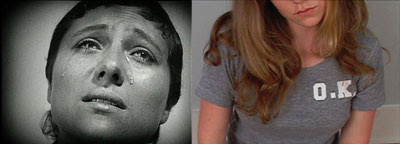
I look to Neil Young as a model, an artist whose music clearly permeates the way he lives, feels and thinks. And the way he lives, feels and thinks becomes his music. His practice is him. No matter when or where, he’s always being Neil Young.
But, this quality can’t really be described as continuity. As Young says in Sunday’s New York Times profile:
“How did I get to where I am? I mean, what happened? Where’s the guy who wrote the other songs? Where’s the guy who wrote a lot of the early songs? There are some songs I can’t even sing. I don’t even know who wrote them. But I know I did. When I listen to myself, I go, ’O.K., but I can’t do that now.’“
This is every artist’s truth. We change, art changes. But at the same time, there is continuity. I think it somehow lies in adaptation, in allowing a work to change to fit a moment. Young explains:
“I want every song to be coming from me, not coming from who I was or who I’m trying to be or who people think I am or who they want me to be […] All those things are out. It’s just got to be: ‘Is this going to flow like water through me? Can I swim in this sound?’”
Although conclusions are boring, you could say an artist does write the same song over and over again, just in different ways.














